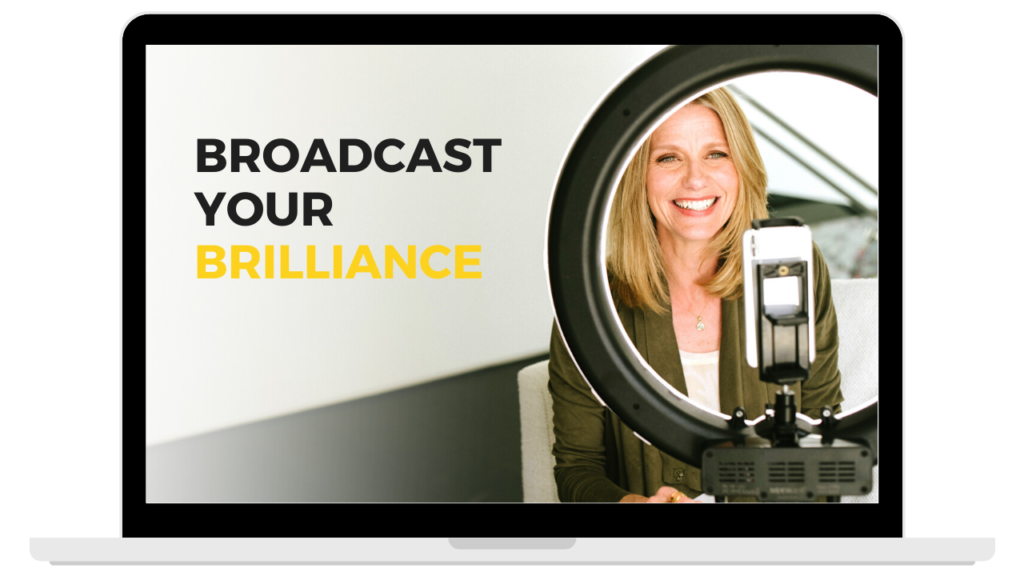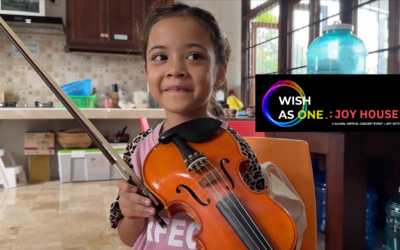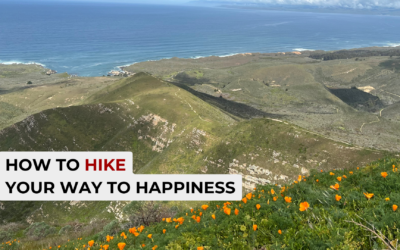I’m a trained actress, and I feel pretty comfortable talking on camera – but people often ask me if I use cue cards or scripts. Is it necessary, to make quality video content, to have your words mapped out perfectly?
Well, no – and following a script can hinder self-expression. It can make you look stiff, unnatural, and even boring. And furthermore, every time you look away from the lens to glance at those written points, you’ll lose your connection with the viewer.
For short, informative videos, I’d recommend you strive to introduce your idea, make three great points, and then wrap it up – and you can see this format in almost all of my videos, whether they’re for online courses or other areas of my web presence.
But if you’re concerned that you’re going to forget what your points are, or lose track of the plan once you hit record, here’s what you do:
Use mini “cue cards,” placed near the camera lens, so you can’t keep track of your outline without letting it affect your gaze.
You don’t want to look like you’re reading something off to the left or right while talking on camera, so I suggest using a little post-it note, easily attached to your smartphone or recording device, and you’ll be able to glance at your bullet points with your peripheral vision while keeping your eyes looking ahead to your audience.
Keep it simple with 3 bullet points, and they’ll serve as “thought bubbles” to trigger your speaking. Just make them visible right near the lens, and riff on your key ideas from that shortlist, while continuing to imagine your viewer right in front of you, and making virtual “eye contact” with them.
Post-it notes are the perfect size for your “cue cards” – and this set-up is the secret to make talking on camera look easy and natural.




